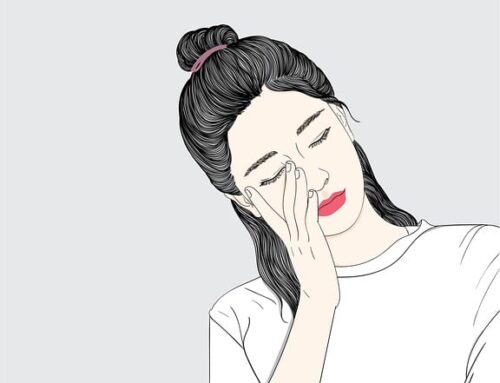Waking up with a slight headache is one thing, but imagine if that lasts for decades. That wouldn’t be good! Or what if you are driving to work one day and instead of seeing traffic ahead of you, there’s just wavy lines, flashing lights and dots? Headaches come in all shapes and sizes. They might not even cause you any pain, but just display auras.
Unfortunately, some headaches are more painful and hard to deal with than others. From excruciating pain to auras, it is important to identify the problem and find appropriate treatment. Headaches are some of the most common disorders of the nervous system with almost half of the adult population experiencing some type of headache in 2015, according to the World Health Organization.
To help you better understand headaches, let’s look at two of the most painful and disabling headaches you might face today.
Cluster Headaches
This might be a new level of pain for most people. Cluster headaches are considered to be the most painful type of headache you can experience. It is estimated that one in 1,000 people in the United States will experience this type of headache.
A cluster headache will typically target one side of the head with excruciating pain building in a matter of minutes. It might even be accompanied with a stuffy or runny nose, as well as redness and swelling of the eye. The cause might be unclear, but there is a chance that cluster headaches run in your family and are sometimes triggered by alcohol or strong smells.
The Dreaded Migraine
Migraines tend to be the most common type of headache people experience with 30 percent reporting they had one in 2015. However, there are typically two types of migraines that you might experience. One is the classic migraine, which means a throbbing, pounding headache that might cause nausea and vomiting. You might even find yourself sitting in a dark, quiet room to feel relief.
And the other form of a migraine can come with an aura, which can affect language, movement and visual perception. These auras can occur separately from head pain, but are triggered by the same factors that cause the pain of migraines, such as stress, bright lights or a lack of sleep. Migraines without auras are more common, with 70-90 percent of people experiencing no auras.
Headaches come in all shapes and sizes, but it is important to understand the different types in order to find the best form of treatment. Remember to sleep well, avoid caffeine and get plenty of aerobic exercise if you want to avoid the most common types of headaches.
For more information, contact us at Craniofacial Pain & Dental Sleep Center of Georgia for more information on headaches and what treatment options are available.







